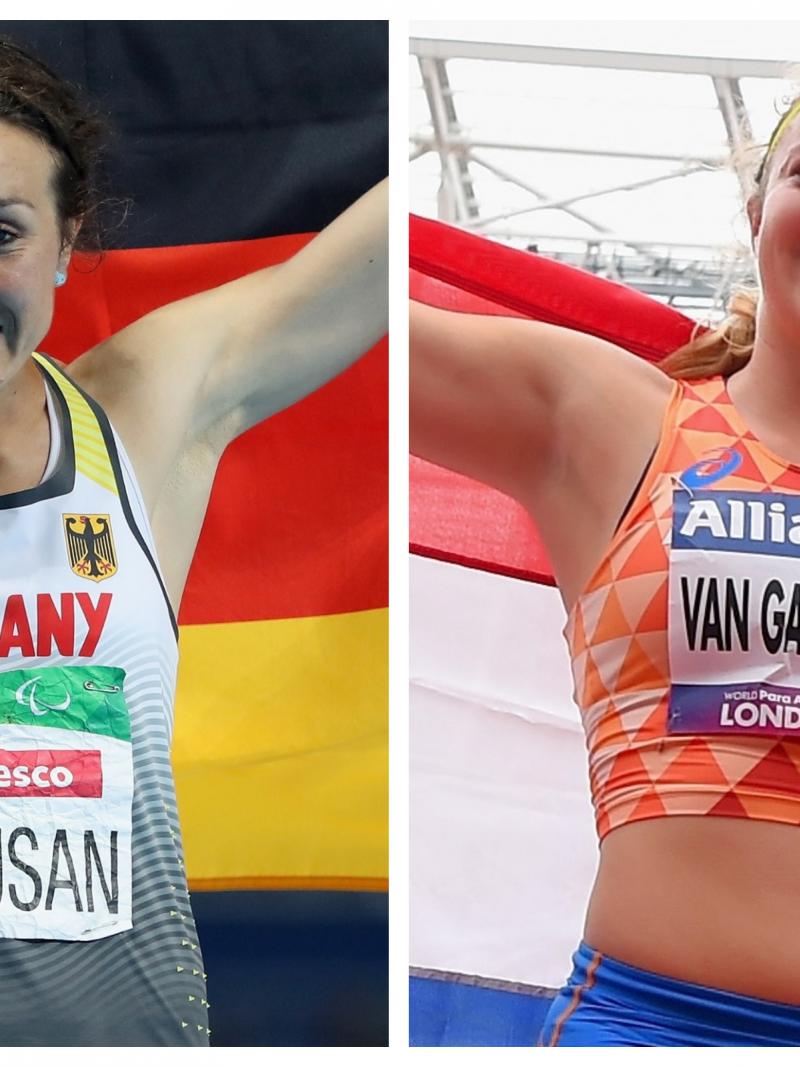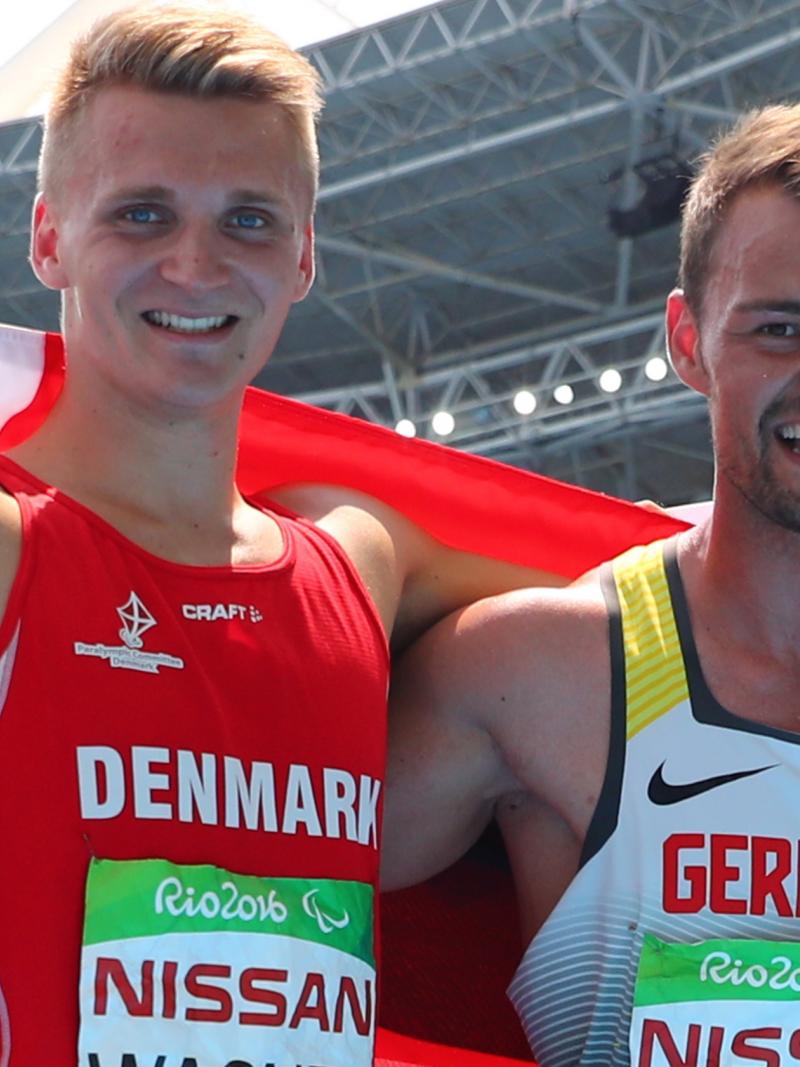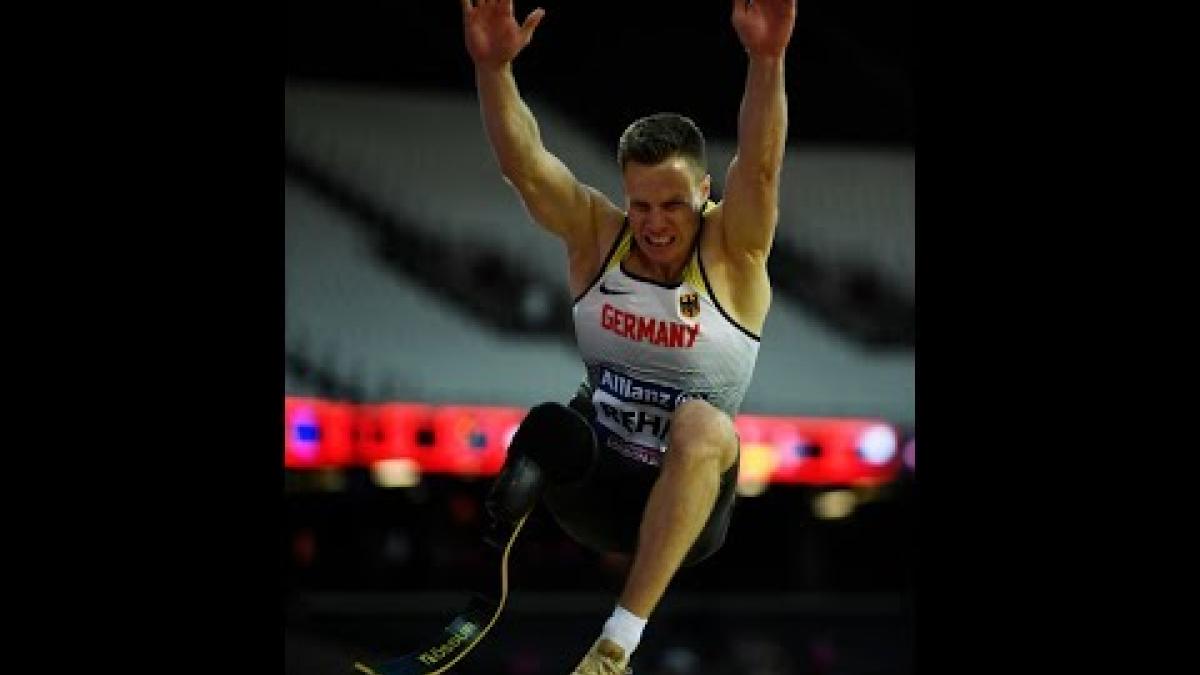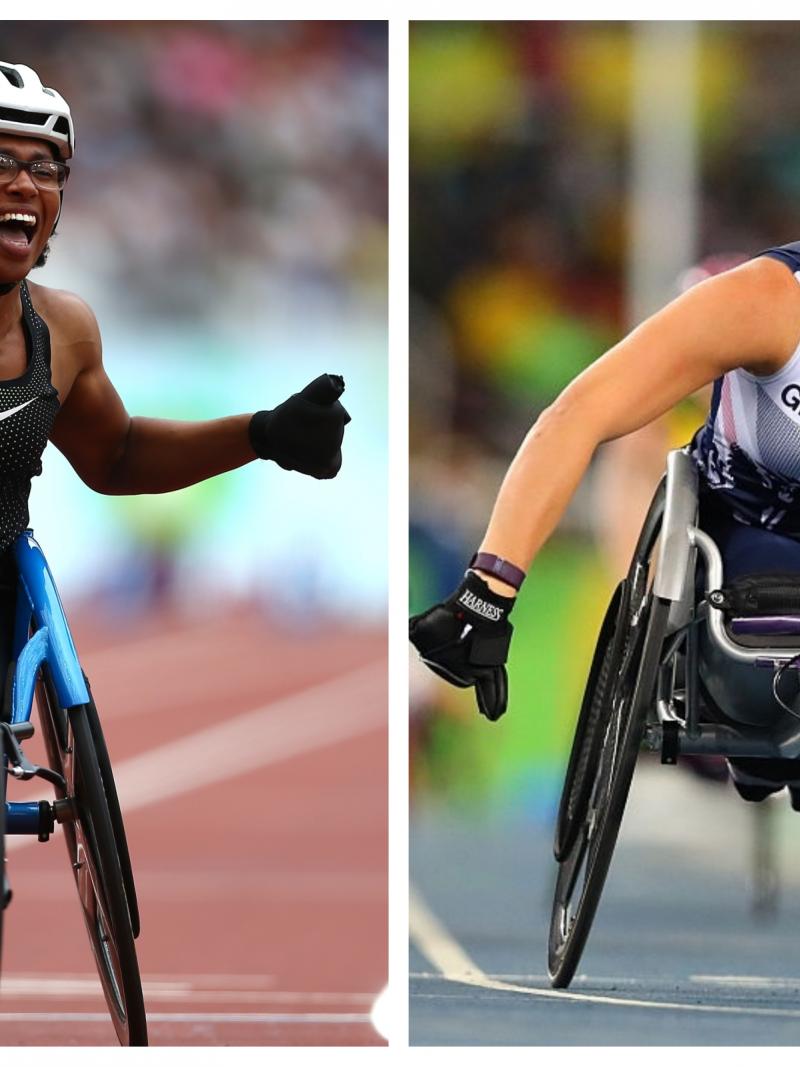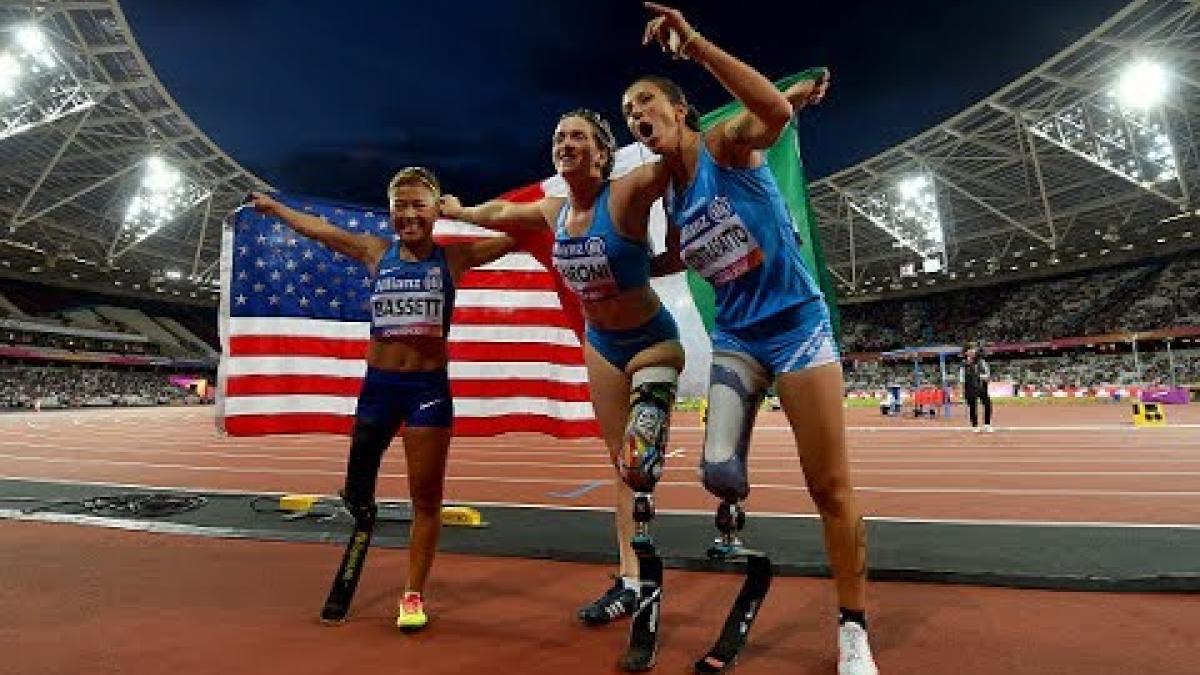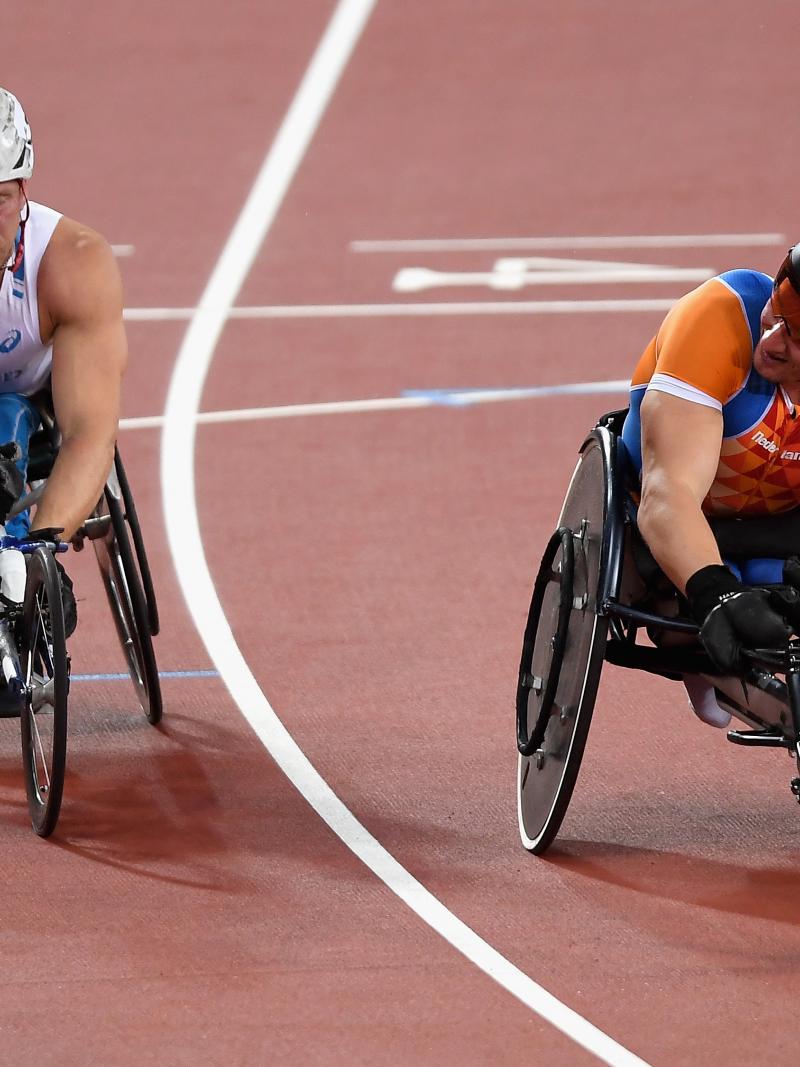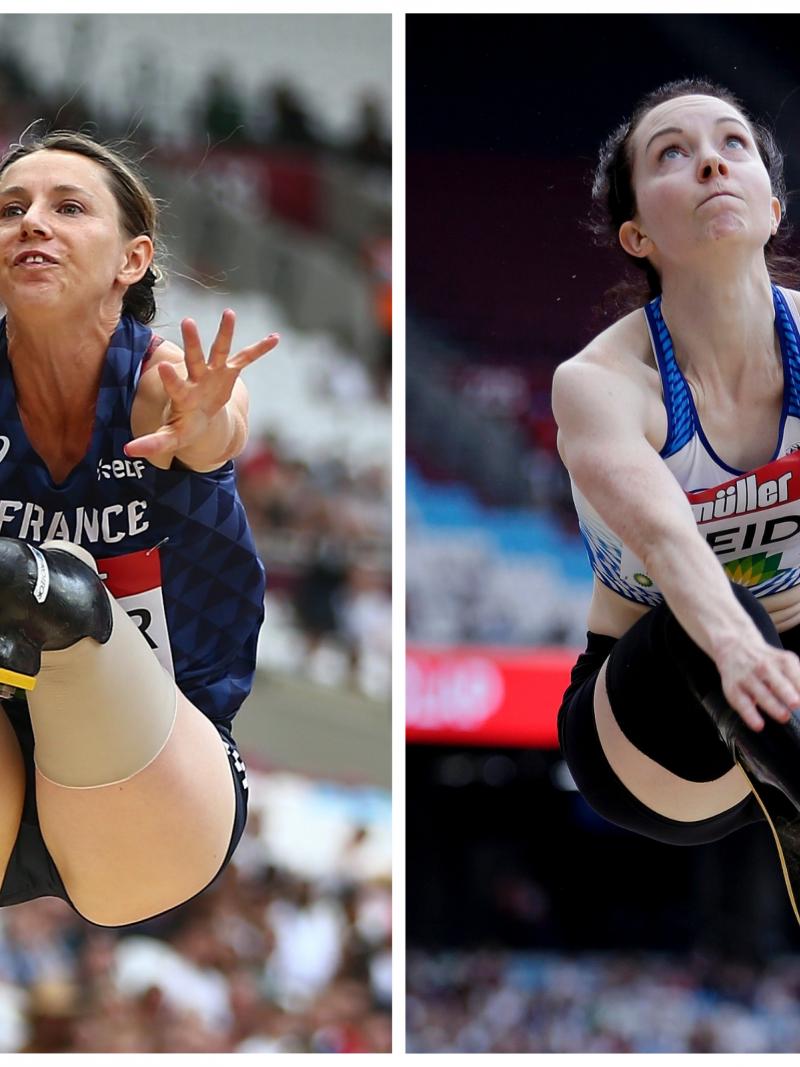Berlin 2018: Classification Explained
A reminder of the new Para athletics classes ahead of next week’s Euros 16 Aug 2018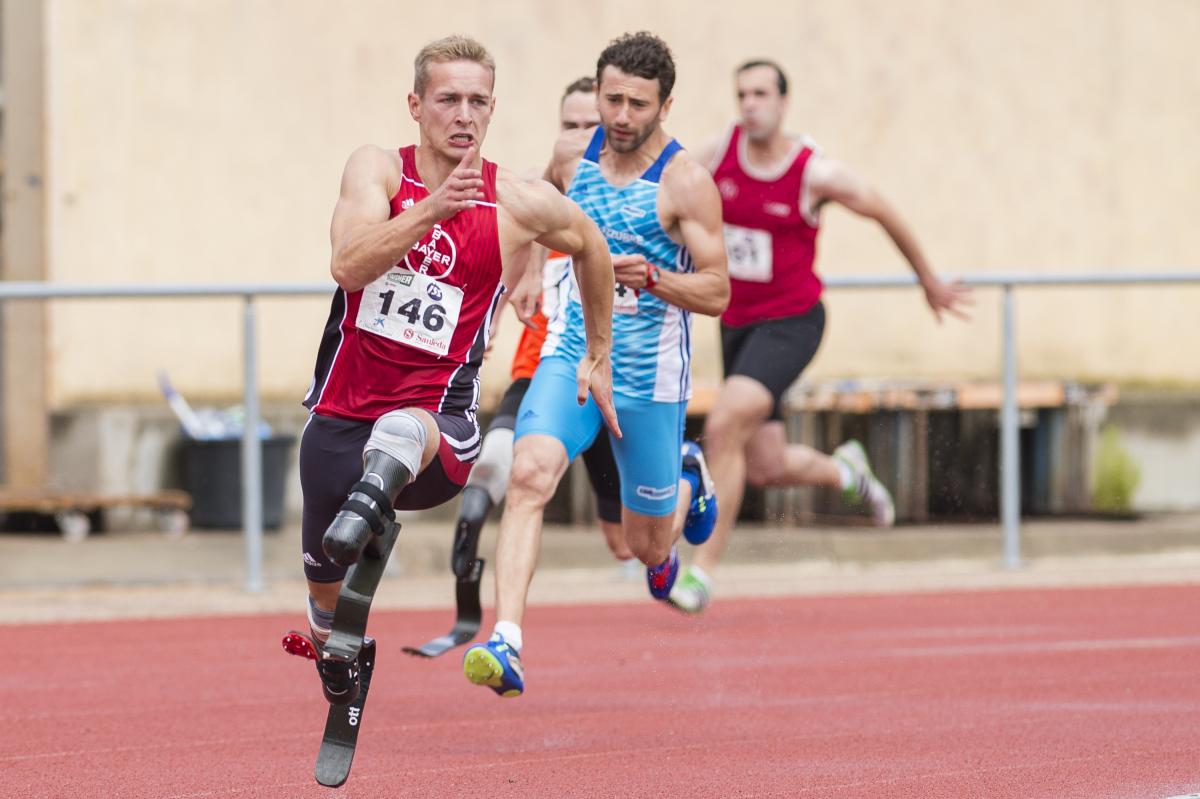
In January this year, World Para Athletics updated their classification rules which resulted in the addition of new classes exclusively for athletes with lower limb deficiencies who compete using prosthetics or blades. As we look ahead to the Berlin 2018 European Championships, here is a reminder of what the changes are.
The new ruling affects athletes who previously would have competed in the 42, 43 or 44 classes.
T/F61/62/63/64
• Four new Sport Classes have been introduced – 61, 62, 63 and 64. These new classes are solely for athletes who use one or two prostheses, or blades.
• The 61 class is for those formerly in the 42 class - double above-knee amputees who compete with two prostheses. Athletes such as Great Britain’s Richard Whitehead now compete in the T61 class.
• Athletes in the new 62 class have double below-knee limb deficiency and compete with two prostheses. Athletes in this class include Germany’s Johannes Floors and Dutch sprinter Marlou van Rhijn.
• The T/F63 and T/F64 classes are for single leg amputees who use one prosthetic.
• The T/F63 class includes athletes with a single through or above-knee deficiency, while those in the T/F64 class are below-knee amputees. Italy’s Martina Caironi competes in the T63 class, while Great Britain’s Paralympic champion Jonnie Peacock is a T64 athlete. US Paralympic champion Jeremy Campbell is a F64 athlete.
T/F42/43/44
• The existing 42, 43 and 44 classes are now solely for athletes who compete without prostheses.
• Athletes in the 42 class have either single or double through or above-knee impairments – for example, impaired muscle power, impaired range of movement or leg length difference.
• The 43 class is for those who have bilateral – both legs - below-knee impairments, such as impaired muscle power or impaired range of movement.
• In the 44 class, athletes have single lower limb below-knee impairments such as impaired muscle power, impaired range of movement or leg length difference. Athletes in this class include Germany’s Irmgard Bensusan, the 400m T44 world champion.
What does this mean for world records?
• World records still stand for those who have not changed class and remain as a T/F42, T/F43 or T/F44 Para athlete. Those records can be broken and ratified during 2018.
• World records previously set by athletes who used to compete in the 42 and 43 classes and have now moved to the new 61 and 62 classes are frozen.
• New world records in the 61 and 62 classes can only be set from January 2019 onwards under the new MASH measurement.
• A world record holder who has moved to the new 63 or 64 class takes their record with them. World records in those new classes can therefore be broken during the 2018 season.
• Consequently, marks in a world record holder’s previous class (T/F42 or T/F44) are now vacant. New world records in those vacant classes can only be set from January 2019 onwards.
• If a world record holder in the 42 or 44 classes does not move class, then the world record in the corresponding 63 or 64 class also remains vacant until January 2019.
• For vacant events the best legal performance of the world/regional ranking as of 31 December 2018 shall be the initial World/Regional Record Mark. This record can then be broken from the 2019 season onwards.

 Facebook
Facebook
 Instagram
Instagram
 Twitter
Twitter
 Youtube
Youtube

